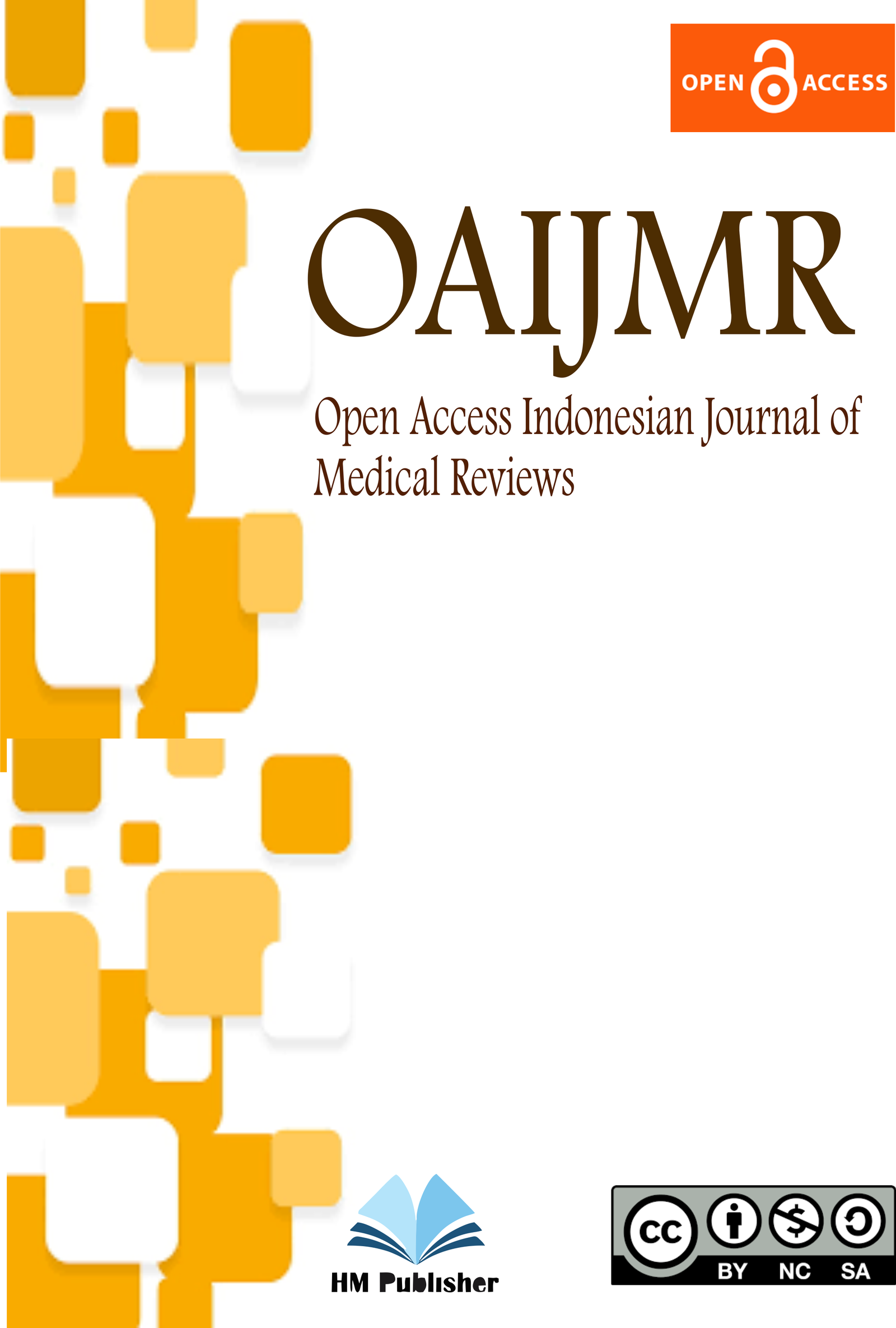Main Article Content
Abstract
The benefit of internal limiting membrane (ILM) peeling during pars plana vitrectomy (PPV) for idiopathic epiretinal membrane (ERM) remains a subject of debate. While proponents suggest ILM peeling reduces ERM recurrence and may improve anatomical outcomes, opponents highlight potential risks such as mechanical retinal trauma, visual field defects, and dissociative optic nerve fiber layer defects (DONFL). This meta-analysis aimed to synthesize current evidence comparing the efficacy and safety of PPV with ILM peeling versus PPV without ILM peeling for idiopathic ERM, focusing on postoperative best-corrected visual acuity (BCVA) and ERM recurrence rates. A systematic literature search was conducted using PubMed, Scopus, Web of Science, and the Cochrane Library databases for studies published between January 2013 and December 2023. We included randomized controlled trials (RCTs) and comparative cohort studies comparing PPV with ILM peeling (Peel group) to PPV without ILM peeling (No-Peel group) for primary idiopathic ERM. Studies reporting BCVA (in logMAR) and/or ERM recurrence rates with a minimum follow-up of 6 months were included. Data were extracted independently by two reviewers. The primary outcomes were the mean difference (MD) in final BCVA (logMAR) and the pooled risk ratio (RR) for ERM recurrence. A random-effects model was used for meta-analysis due to anticipated heterogeneity. Heterogeneity was assessed using the I² statistic. Quality assessment was performed using the Cochrane Risk of Bias tool (for RCTs) and the Newcastle-Ottawa Scale (for cohort studies). Seven studies involving a total of 855 eyes (430 Peel, 425 No-Peel) met the inclusion criteria. The mean follow-up duration ranged from 12 to 36 months. The meta-analysis revealed a statistically significant, albeit small, improvement in final BCVA favoring the Peel group (MD = -0.05 logMAR; 95% CI: -0.09 to -0.01; P = 0.02). Moderate heterogeneity was observed for this outcome (I² = 58%). The pooled analysis of recurrence rates demonstrated a significantly lower risk of ERM recurrence in the Peel group compared to the No-Peel group (RR = 0.18; 95% CI: 0.07 to 0.48; P < 0.001). Heterogeneity for this outcome was low (I² = 15%). Quality assessment indicated a generally moderate to high quality across the included studies, though some concerns regarding blinding and allocation concealment were noted in certain studies. In conclusion, ILM peeling during vitrectomy for idiopathic ERM appears to be associated with a statistically significant, though modest, improvement in final BCVA and a substantially lower rate of ERM recurrence compared to no peeling. The clinical significance of the small BCVA improvement requires careful consideration against potential risks associated with peeling.
Keywords
Article Details
Open Access Indonesian Journal of Medical Reviews (OAIJMR) allow the author(s) to hold the copyright without restrictions and allow the author(s) to retain publishing rights without restrictions, also the owner of the commercial rights to the article is the author.





